Digital twins are virtual replicas of living and non-living objects that data scientists and IT pros can use to run simulations for testing purposes before real objects are built and deployed. They are also altering how technologies such as IoT, Artificial Intelligence (AI), and analytics are enhanced.
A digital twin is a digital representation (real-life simulation) of a physical object or system. Digital twins integrate the internet of things, AI, machine learning, and software analytics with spatial network graphs to create living digital simulation models that update and change as their physical counterparts change, according to Wikipedia.
The technology behind digital twins has expanded to include large items such as buildings, factories, and even cities, in addition to these people and processes can have digital twins, expanding the concept even further. The idea first arose at NASA: full-scale mockups of early space capsules, used on the ground to mirror and identify glitches in orbit, eventually gave way to fully digital simulations.
But the term “Digital Twin” really took off after Gartner named it as one of its top 10 strategic technology trends for the year 2017 saying that within three to five years:
“billions of things will be represented by digital twins, a dynamic software model of a physical thing or system”.
A year later, Gartner once again named digital twins as a top trend, saying that:
“with an estimated 21 billion connected sensors and endpoints by 2020, digital twins will exist for billions of things in the near future.”
At its core, a digital twin is a computer program that takes real-world data about a physical object or system as inputs and produces as outputs predictions or simulations of how that physical object or system will be affected by those inputs.
But, How does a Digital Twin Work?
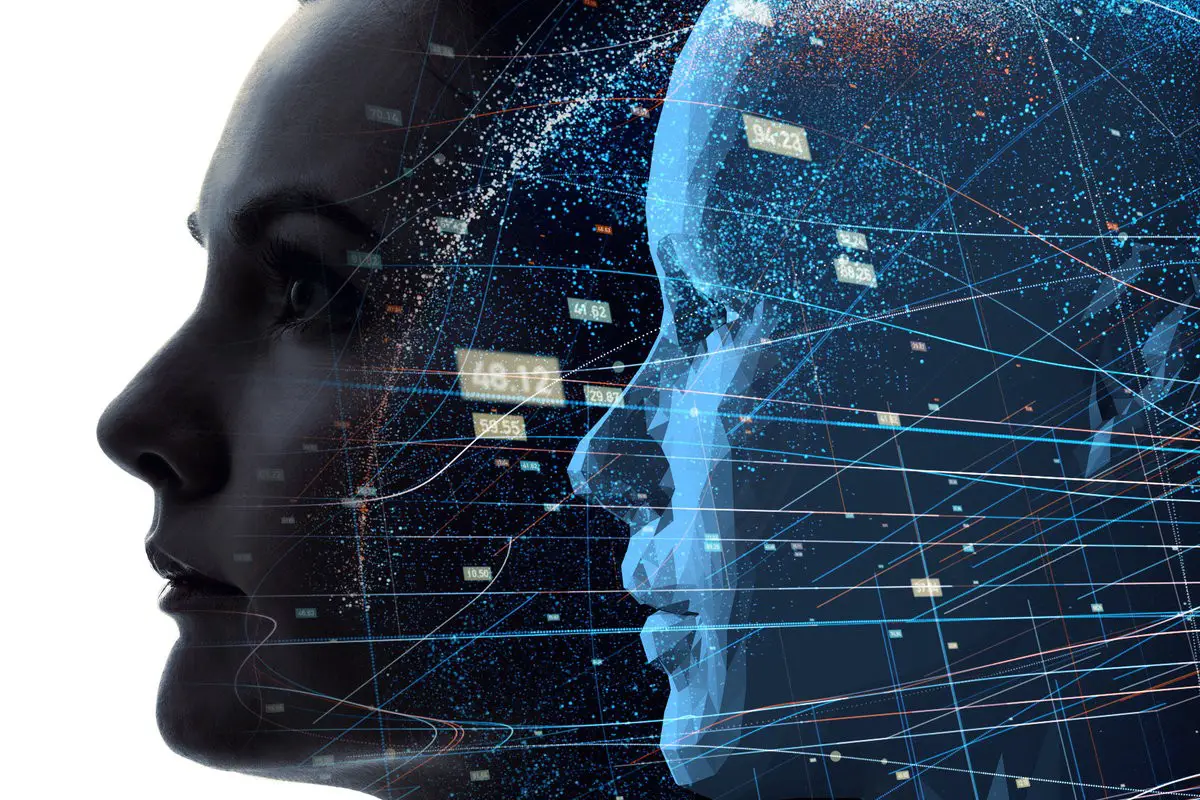
A digital twin begins its life being built by specialists, often experts in data science or applied mathematics. These developers research the physics that underlie the physical object or system being mimicked and use that data to develop a mathematical model that simulates the real-world original in digital space.
The twin is built so that it can take input from sensors gathering data from a real-world colleague. This allows the twin to simulate the physical object in real-time, in the process offering insights into performance and potential problems. The twin could also be designed based on a model of its physical counterpart, in which case the twin can provide feedback as the product is refined; a twin could even function as a prototype itself before any physical version is built.
The process is outlined in some detail in this post from Eniram, a company that creates digital twins of the huge container ships that carry much of world commerce – an exceptionally complex kind of digital twin application. However, a digital twin can be as complicated or as simple as you like, and the amount of data you use to build and update it will define how precisely you’re simulating a physical object.
Digital Twin Real-life Use Cases
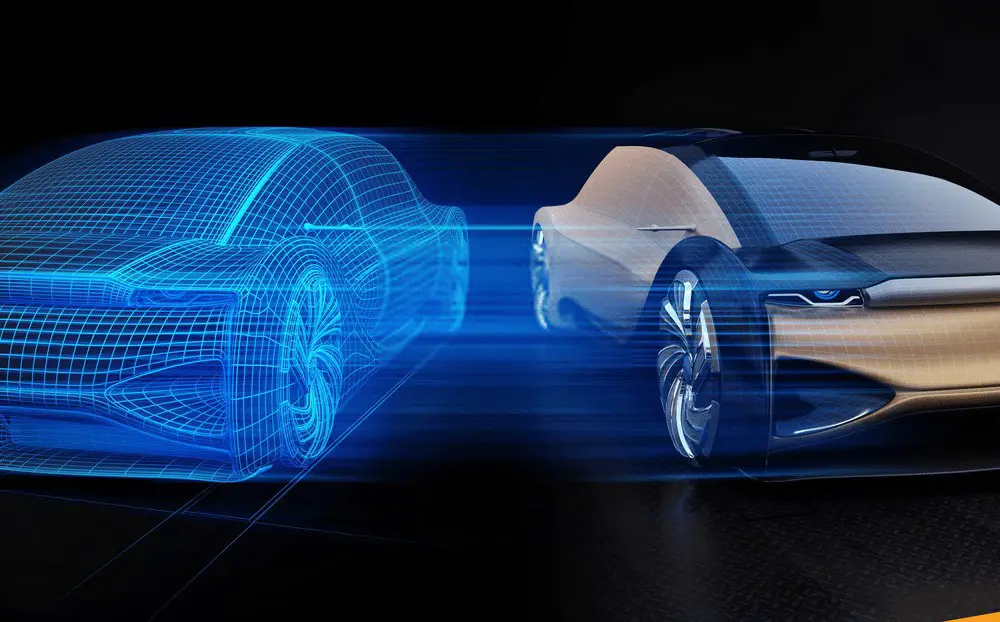
The car and the cargo vessel – give you a sense of possible real-life use cases. Objects such as aircraft engines, trains, offshore platforms, and turbines can be designed and tested digitally before being physically produced. In addition to this, with a digital twin, lives can be enhanced in terms of medical health, sports and education by taking a more data-driven approach to healthcare.
The availability of technologies makes it possible to build custom-made models for patients, constantly adjustable based on tracked health and lifestyle parameters. This can eventually lead to a virtual patient, with a complete description of the healthy state of an individual patient and not only on previous records. These digital twins could also be used to help with maintenance operations. For instance, technicians could use a digital twin to examine that a proposed fix for a piece of equipment actually works before applying the fix to the physical twin.
Digital-twin business applications are found in a number of industries:
Automotive digital twins are made possible because cars are already fitted with telemetry sensors, but improving the technology will become more significant as more autonomous and electrical vehicles hit the road.
Healthcare is the industry that produces the digital twins of people we mentioned above. Band-aid-sized sensors send health information back to a digital twin used to display and predict a patient’s health.
Manufacturing is another sector where roll-outs of digital twins are perhaps the furthest along, with factories already using digital twins to simulate their processes.
As stated earlier, a digital twin makes it possible to make distant adjustments through the digital component of a twin. It enables a physical product to be re-programmable in a certain way. Besides, the digital twin is also re-programmable in an automatic manner.


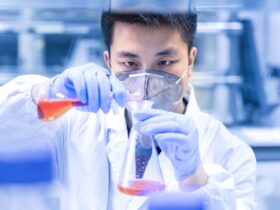

![Types of Engineers and What they Do [Explained]](https://www.engineeringpassion.com/wp-content/uploads/2022/04/types-of-engineers-and-what-they-do-280x210.jpg)
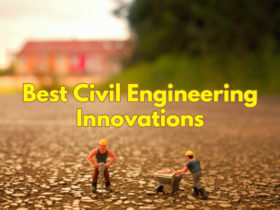
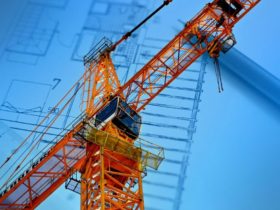

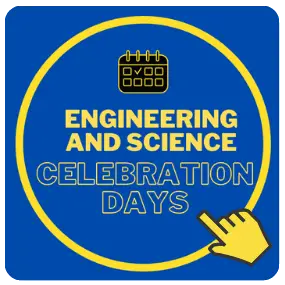
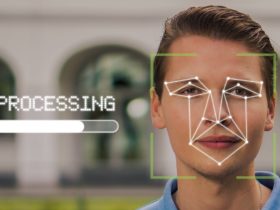

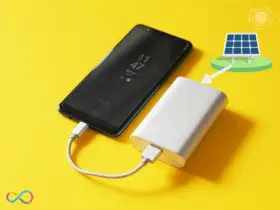

Leave a Reply